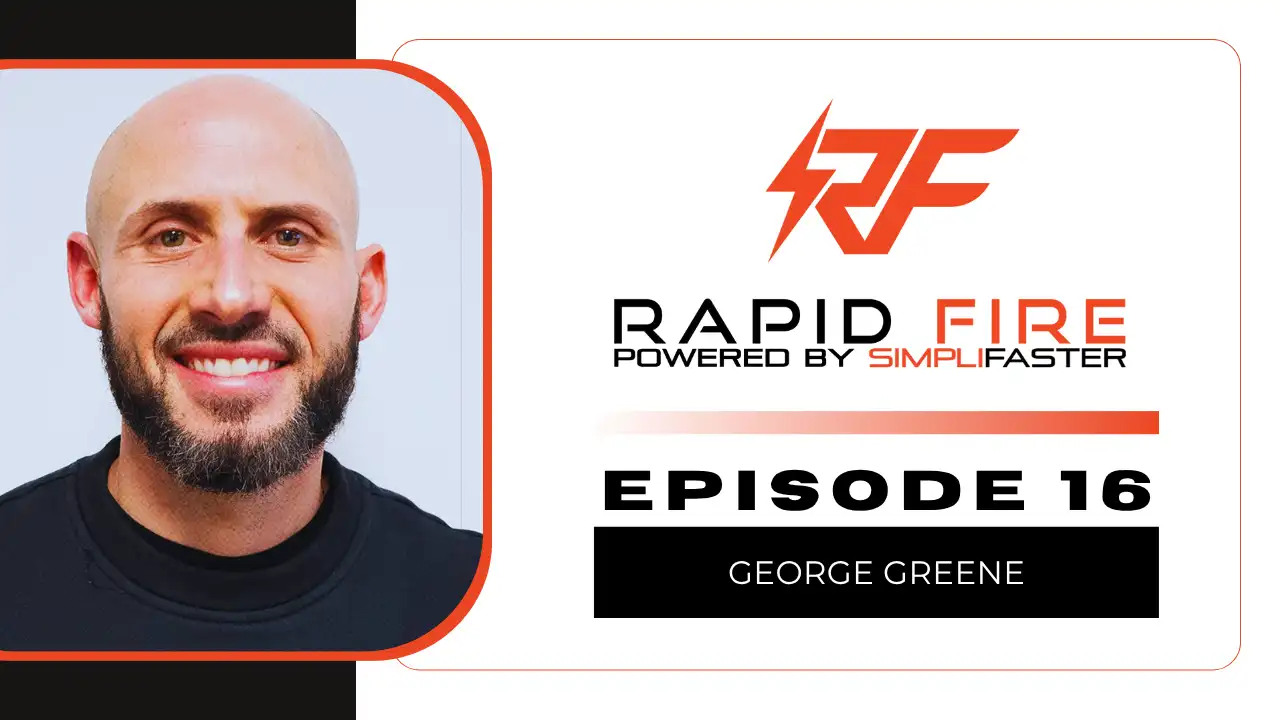[mashshare]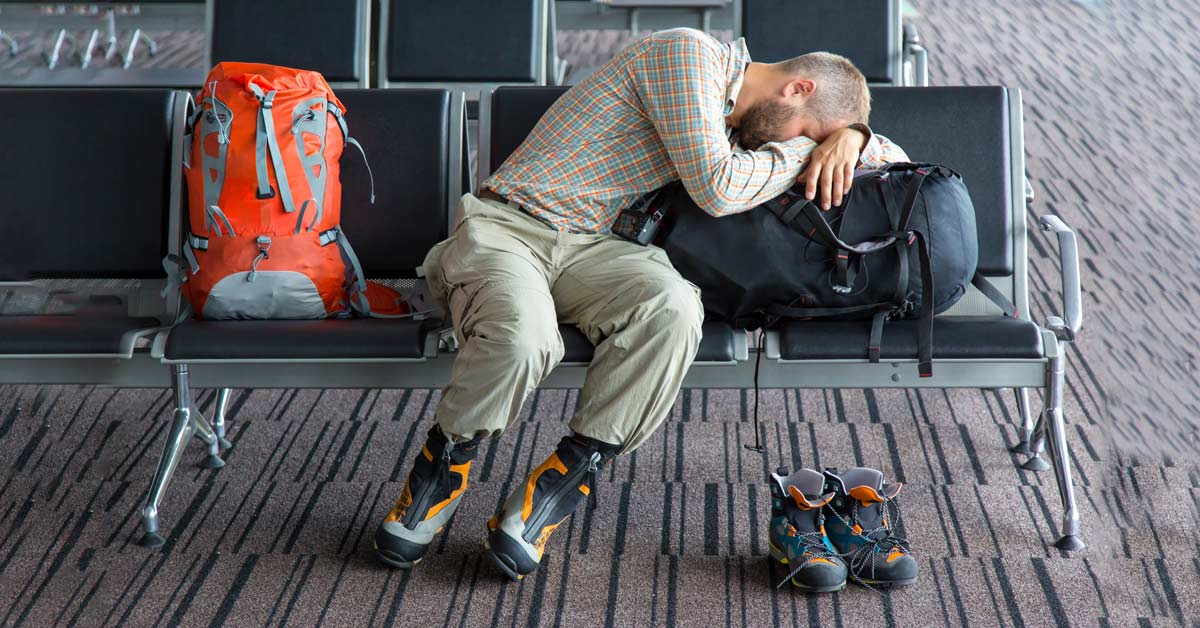
Traveling as an emerging elite or semi-pro athlete can be extremely challenging when you factor in the limited amount of sponsorship support that comes with the sport of track and field. For both athletes and coaches breaking in at the professional level, the added stress of not knowing how to stay on budget or locate the best deals can cause them either to give up the sport early or fail to reach their full potential. Carl Valle once told me “you pay 1k for a tenth,” and I could not agree more. Follow these five steps to stay on budget and save for another hundredth somewhere down the road!

Be Strategic with Meet Selection
By far the most important factor in scheduling travel is evaluating whether the meet is worth the trip in the first place. If you’re a 100m sprinter, traveling to Florida may sound desirable. But if you go during peak thunderstorm season, you run the risk of having the meet delayed—or worse, canceled.
I typically break down my meet selection based on a few factors and rate each one on a 5-star scale:
- Weather Conditions—Time of year plays a huge part in how the weather will be at a given location, so be sure to check the previous 5-year weather history. A few things to calculate are the wind readings, temperatures, and time of the race. If you’re a sprinter, racing a 100m at 9 am could throw you off your game plan.
- Competition Quality—If you’re the type of athlete who’s a gamer and steps up to the big stage, choosing a meet with quality athletes who have better PRs is vital when determining whether the trip will justify the cost.
- Venue—What is the track surface like? Do competitors at that venue usually perform well and notch a new season-best or even PR? Often, a competition venue that offers a short event list or a DJ pumping up the energy can help raise the emotional arousal levels and make the difference between a PR and just another race.
- Location—Choosing a meet that’s within your reach both financially and competitively may be the most important item on your checklist. Are the flights direct or will you have long layovers? How is the travel from the airport to your hotel? What are your hotel options?
Several “professional” meets in Europe provide prize purses, but do they cover your overseas travel costs? Most emerging elite athletes won’t have this luxury and far too often, the trip leads to losing money, traveling alone, and using a credit card. In this case, you’re probably better served staying in North America for your meet.
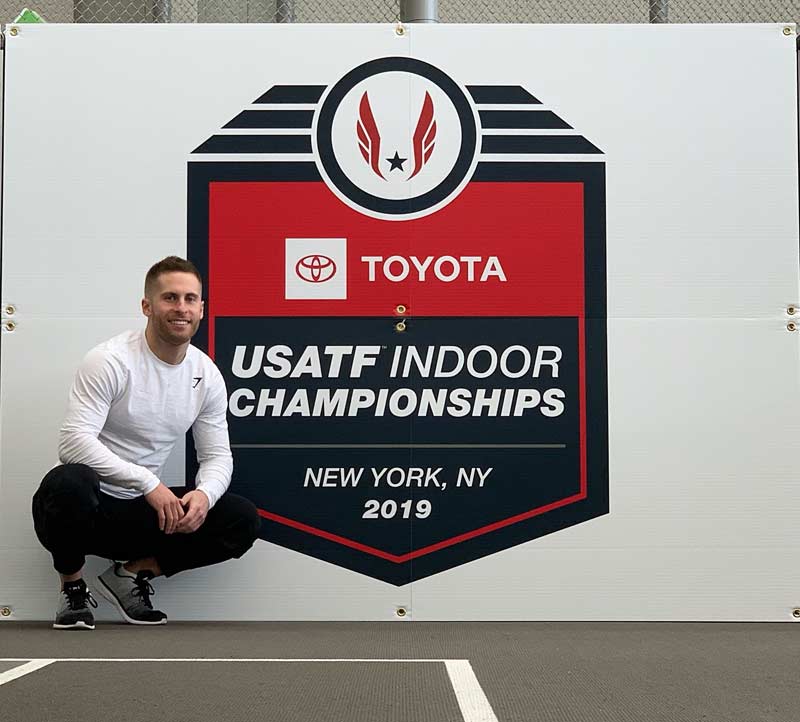

Take the Time to Research Flight Options
Your biggest single expense will likely come from booking the flight, so make sure the money is well spent. I recommend looking for the cheaper airlines (Allegiant, Southwest, Spirit, Frontier, etc.) and schedule in advance.
Though you need to be mindful of costs, knowing when to travel is also a key factor in your success at the meet. Arriving the day before—particularly on a flight with multiple layovers—can leave athletes feeling sluggish, tired, and perhaps even unmotivated. Arrive 48 hours before meet day to recover fully and flush everything out.
Though you need to be mindful of costs, knowing when to travel is also a key factor in your success at the meet, says @sethboomsma. Share on XIn 2018, for example, I traveled to compete at my very first USATF Indoor Championships in Albuquerque, New Mexico. I was living in Sioux Falls, South Dakota at the time, and flights were a bit sparse on this particular route, leaving me with the option of a Wednesday or Friday travel day. Prelims were on Saturday afternoon. I decided to swallow the extra two nights in a hotel and got the Wednesday flight to ensure physical readiness.
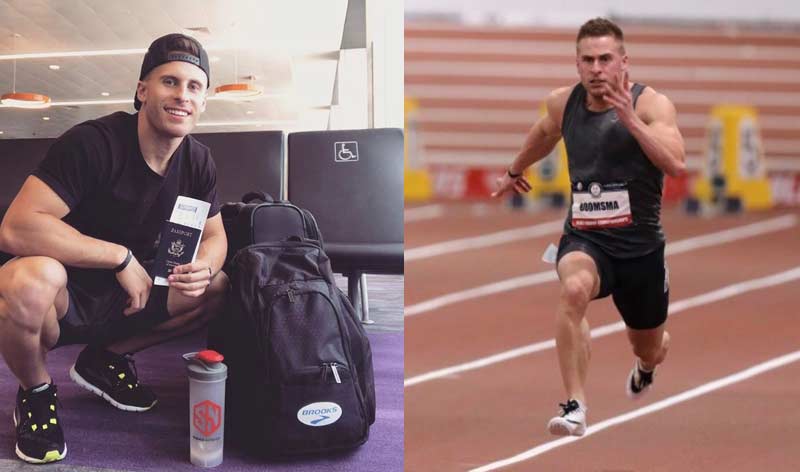
I learned that lesson from a meet I had a year earlier in Florida, where my flight arrived at 6:00 pm the night before the event. That ultimately left me limited time to arrange meals, sleep properly, and get ready physically. It was no surprise that on meet day, I felt extremely sluggish and tired, which led to some cramping in the 100m finals.

Book Hotels Through a Rewards Program or Online Travel Site
Another sizable expense comes from your hotel stay. Discounts are sometimes available, though, and I highly recommend using a third-party site like Hotwire.com or Hotels.com to book your nights. Hotels.com has a great rewards program where, after you stay ten nights, you get one free night based on your average price. After 3-4 meets, you could be looking at a free night.
Choosing the wrong hotel in the wrong location could lead to poor sleep, poor fatigue management, and unwanted stress, says @sethboomsma. Share on XHowever, don’t be super cheap to save a quick dime; choosing the wrong hotel in the wrong location could lead to poor sleep, poor fatigue management, and unwanted stress.
A few other important factors to consider:
- Is there a refrigerator and microwave so you can better meet your own nutritional needs?
- Is there a pool (or at least a bathtub) for some hydrotherapy?
- Are there parking fees that will eat up more of your daily budget?
Another option to hotel booking sites is to contact the Meet Director—they may be able to help you land a discount with a hotel close to the competition venue.

Choose Proper Ground Transportation
Rental or rideshare? In 2019, there are numerous options for transportation from the airport and to the hotel, to the grocery store, and to the meet. When deciding whether to rent a car or use a service like Uber or airport shuttles and busses, first make sure to consider how far the competition venue is from the airport. Your location will dictate your options, as traveling to New York City is drastically different from heading to the National Training Center in Clermont, Florida. It’s best to plan ahead, ask others who have been in the area previously, or link up with other athletes to create as stress-free of an environment as possible.

Fuel Yourself for Competition
The final consideration is your approach to meals for the weekend. If following a strict diet, eating a free hotel continental breakfast or settling for fast food just won’t cut it. Look up local farmer’s markets and grocery stores and see if they can prepare some custom meals for you, as most won’t have a problem doing so.
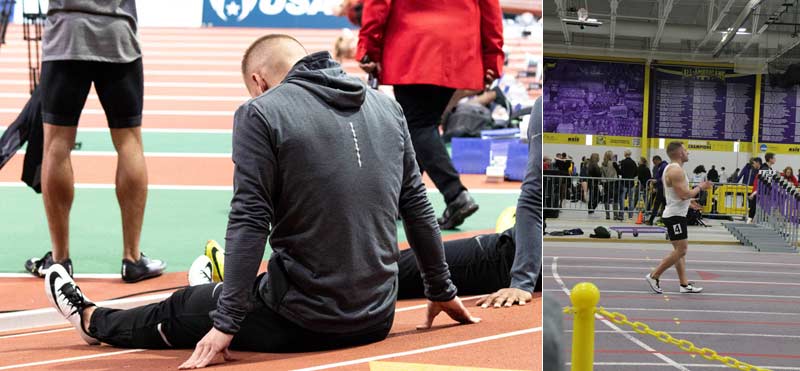
For example, I would call Whole Foods one week ahead to get my order in for the three days on the weekend. My grocery list consisted of:
- Four chicken breasts (cooked)
- Two servings of salmon (cooked)
- SteamFresh vegetables (anything green: spinach, broccoli, green beans, etc.)
- SteamFresh rice
- Bottled water and a gallon of water (I always get a gallon of water for meet day because many facilities don’t have water fountains)
- Snacks (protein bars, salads, fruit, etc.)
I always request they separate the proteins in microwavable containers and ask if paper plates, plastic silverware, and such are provided.
Here’s How You Do It
I’ve created a friendly table for athletes and coaches to follow and consider when traveling to help narrow down the meet selection process to survive on a budget.
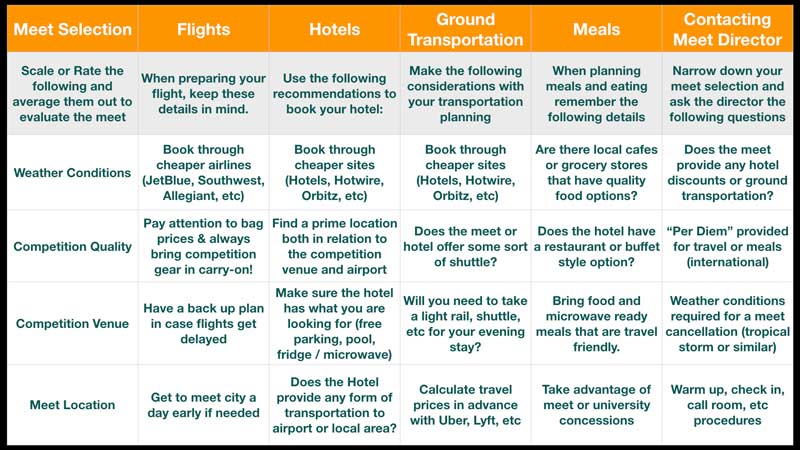
Summing it all up, athletes and coaches must pay close attention to the details of scheduling their meets and travel. A simple vacation package when booking your flight could allow for a cheaper hotel stay and rental car. In the end, though, always be aware of the minor details and do everything you can in advance to create the most stress-free environment for competing in your meet.
Applying these five principles has not only proved much easier on my bank account, but also created a high-performance and detailed environment for meet day.
Since you’re here…
…we have a small favor to ask. More people are reading SimpliFaster than ever, and each week we bring you compelling content from coaches, sport scientists, and physiotherapists who are devoted to building better athletes. Please take a moment to share the articles on social media, engage the authors with questions and comments below, and link to articles when appropriate if you have a blog or participate on forums of related topics. — SF
[mashshare]




